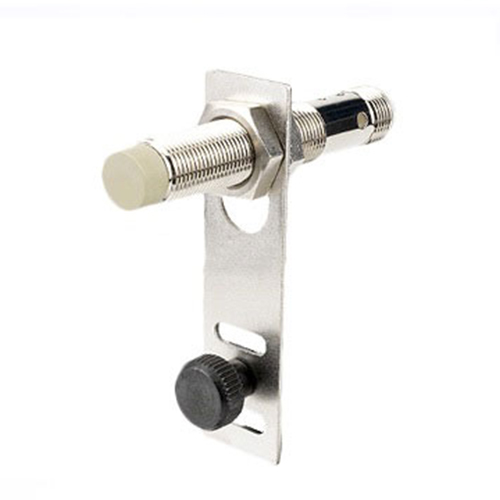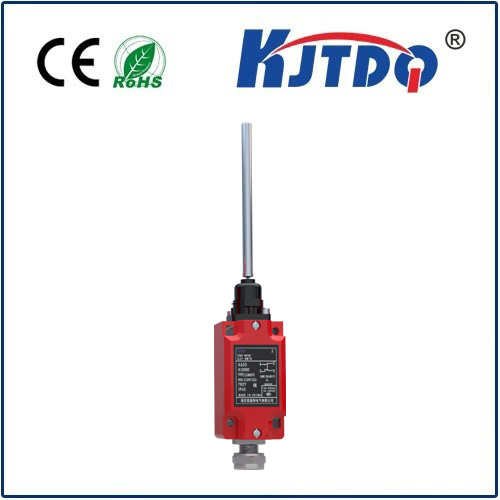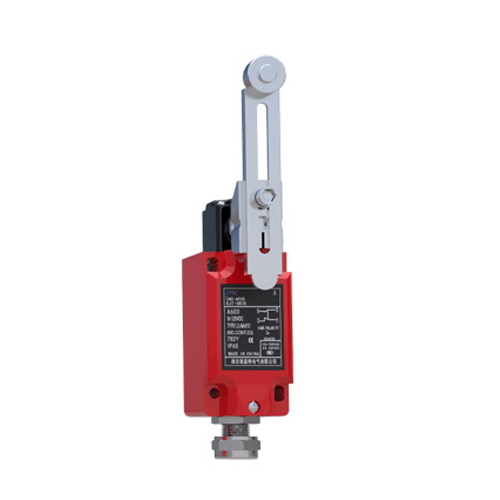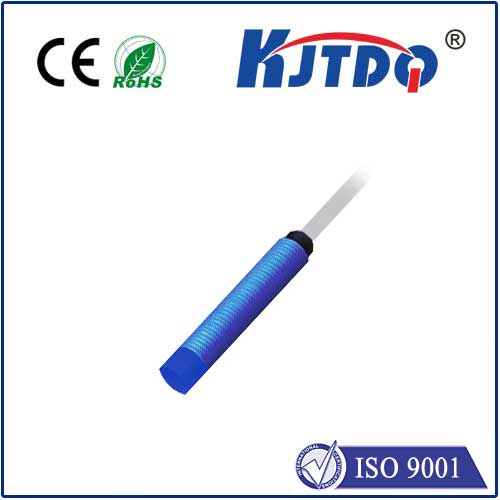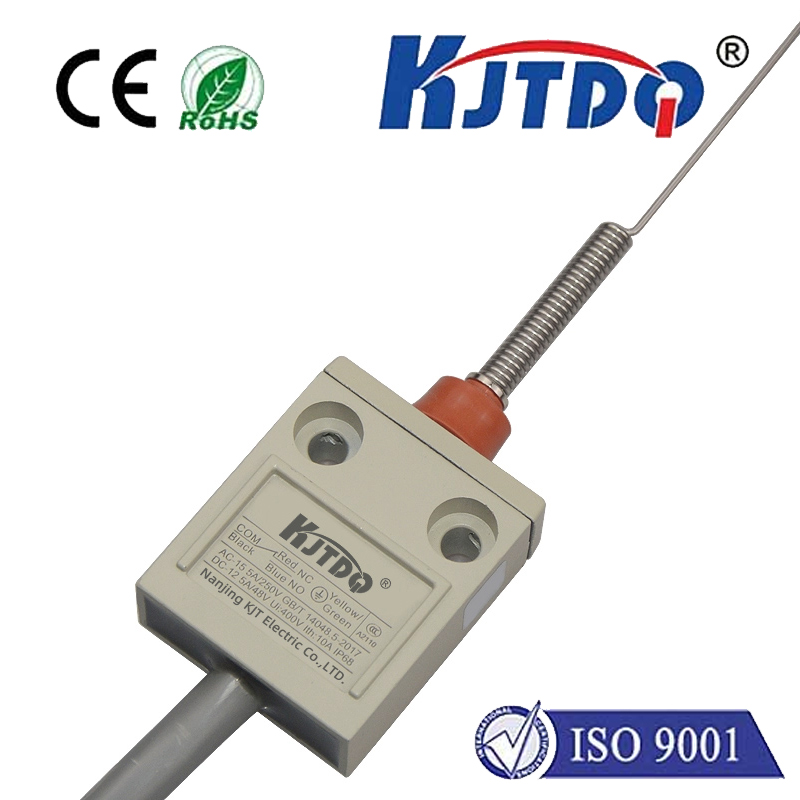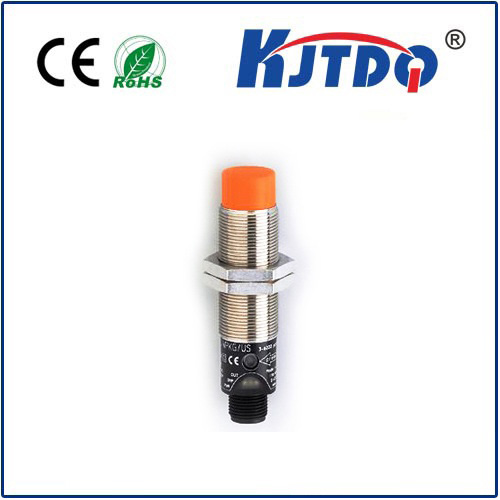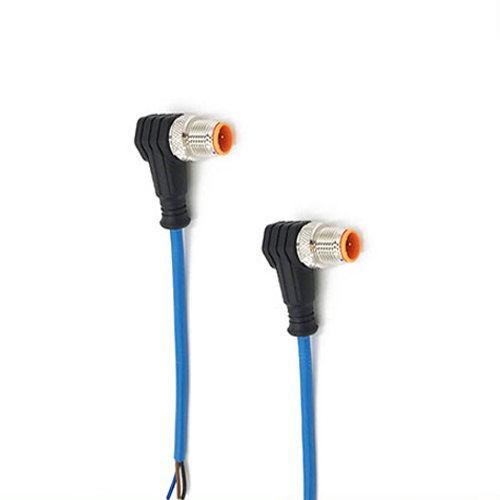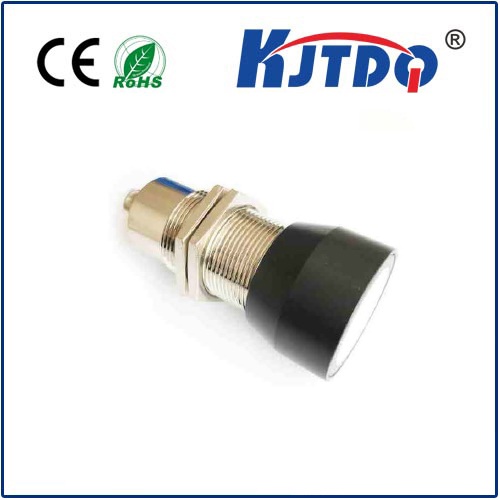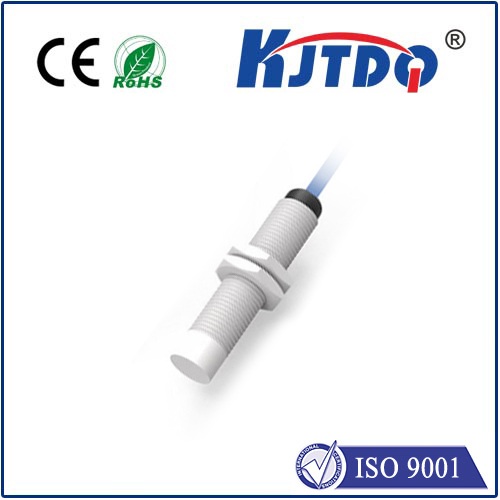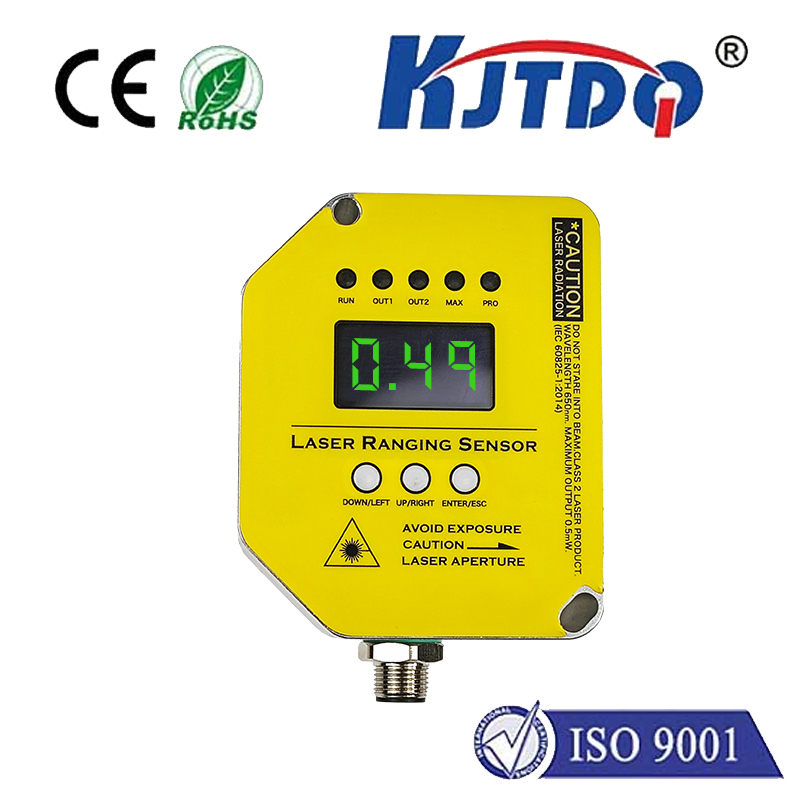proximity sensor hs - c12 - p11
- time:2025-09-08 02:32:33
- Click:0
Unlock Precision Detection: Exploring the HS-C12-P11 Inductive Proximity Sensor
Imagine a world where machines instantly know an object is there without physical contact. Where assembly lines run flawlessly, robotic arms move with uncanny accuracy, and safety systems react in milliseconds. This isn’t science fiction; it’s the everyday reality powered by proximity sensors, and the HS-C12-P11 inductive proximity sensor is a prime example of this critical enabling technology. Engineered for reliability and robustness in demanding industrial environments, this specific sensor model offers a powerful combination of performance and practicality, making it a cornerstone in countless automation applications.
Understanding the Core: What is an Inductive Proximity Sensor?
Before diving into the HS-C12-P11, it’s essential to grasp the fundamental technology. Inductive proximity sensors, like the HS-C12-P11, operate on the principle of electromagnetic induction. Inside the sensor, an oscillator generates a high-frequency alternating magnetic field emanating from the sensing face. When a metallic target – ferrous metals like iron and steel, or non-ferrous metals like aluminum, brass, or copper – enters this field, it induces small eddy currents on the target’s surface. These eddy currents draw energy from the oscillator circuit, causing its amplitude to decrease. This change is detected by the sensor’s circuitry, which triggers an output signal switch (typically turning on or off). Crucially, this detection happens without any physical contact, enabling wear-free operation and high-speed response.
The HS-C12-P11: Engineered for Industrial Demands

The proximity sensor HS-C12-P11 isn’t just a generic component; it embodies design choices tailored for challenging automation settings. Here’s what typically defines this model:
- Compact Form Factor: The HS-C12-P11 usually features an M12 cylindrical threaded barrel design. This standardized size, approximately 12mm in diameter, allows for easy installation in tight spaces common on machinery and production lines. Its compactness is a significant advantage where real estate is limited.
- Sensing Range: Inductive sensors like the HS-C12-P11 have a defined nominal sensing distance (“Sn”), typically specified in millimeters (e.g., 2mm or 4mm are common ranges for M12 sensors). This HS-C12-P11 offers reliable detection within this precise zone. Understanding the exact Sn specification is vital for correct application.
- Connection & Output: Designed for seamless integration, the HS-C12-P11 generally employs a pre-wired cable or a quick-disconnect connector system (e.g., M12). Its output configuration is frequently a 3-wire DC type (PNP normally open - NO, or NPN normally closed - NC, depending on variant), compatible with standard PLCs (Programmable Logic Controllers) and control systems. This PNP or NPN output provides a clear switching signal upon target detection.
- Robust Construction: Industrial environments are harsh. The proximity sensor HS-C12-P11 is invariably built to withstand typical challenges:
- Durable Housing: Often constructed from nickel-plated brass or ruggedized plastic (PBT), offering excellent resistance to mechanical impact and vibration.
- Environmental Protection: High IP ratings (e.g., IP67 or IP68) are standard, meaning the HS-C12-P11 is protected against dust ingress and temporary or prolonged submersion in water. This resilience is critical for washdown environments or outdoor applications.
- Electrical Protection: Features like reverse polarity protection and short-circuit protection safeguard the sensor and connected circuitry against wiring errors or electrical faults.
- Electrical Specifications: Operating typically within a standard DC voltage range (e.g., 10-30V DC), the HS-C12-P11 consumes low current. Its high switching frequency (often measured in hundreds of Hz) allows it to detect rapidly moving targets, essential for high-speed counting or positioning tasks on conveyors or rotating equipment.
Where the HS-C12-P11 Proximity Sensor Excels: Key Applications
The combination of non-contact sensing, robustness, and reliability makes the HS-C12-P11 inductive proximity sensor indispensable across diverse sectors:
- Factory Automation & Robotics: Position verification of parts on conveyors, detecting the presence or absence of components, end-of-travel limits for robotic arms, tool position confirmation on CNC machines. Its ability to handle high cycle rates is crucial here.
- Packaging Machinery: Monitoring fill levels (through metal container detection), controlling capping or sealing operations, ensuring carton flap closure, detecting metal seals or clips.
- Material Handling: Counting parts on conveyors (bottles, cans, packages with metal components), palletizing/depalletizing position sensing, monitoring elevator or lift positions.
- Automotive Manufacturing: Verifying part presence during assembly processes (e.g., engine blocks, chassis components), detecting pistons or valves in cylinders, controlling robotic welding paths. The HS-C12-P11 handles the demanding atmosphere of automotive plants.
- Machinery Safety: Used as part of safety interlock systems to confirm guards are closed before machinery starts.
- Metalworking: Monitoring spindle position, detecting tool breakage (if tools are metallic), confirming workpiece clamping.
Key Advantages Driving Adoption of Proximity Sensors like the HS-C12-P11
Choosing a sensor like the HS-C12-P11 offers tangible benefits:
- Non-Contact Operation: Eliminates mechanical wear and tear, ensuring a long service life compared to mechanical limit switches. This translates directly to lower maintenance costs and downtime.
- High Reliability & Repeatability: Provides consistent, accurate detection unaffected by surface conditions (dust, oil, moisture) within its design limits, thanks to its robust IP-rated construction.
- Fast Response Times: Detects objects in milliseconds, enabling high-speed process control essential for modern manufacturing efficiency.
- Suitability for Harsh Environments: The HS-C12-P11 proximity sensor’s designed resistance to chemicals, oils, vibrations, and temperature variations makes it ideal for tough industrial settings where other sensors might fail.
- Simple Installation & Integration: The standardized M12 body and pre-wired/connector options make retrofitting or installing new sensors straightforward. Ease of integration accelerates deployment.
- Cost-Effectiveness: Offering a compelling blend of performance, reliability, and durability, sensors like the HS-C12-P11 deliver excellent value over their operational lifespan.
Selecting and Implementing Your HS-C12-P11 Effectively
To maximize the potential of your proximity sensor HS-C12-P11, consider these factors:
- Target Material: Ensure the object to be detected is a suitable metal (ferrous/non-ferrous) and within the sensor’s detection capabilities for its specific sensing range.
- Sensing Range (Sn): Choose the appropriate Sn variant (e.g., 2mm, 4mm) based on mounting constraints and required detection distance.
- Mounting: Secure the sensor firmly using its M12 thread. Ensure proper alignment between the sensor face and the target path. Maintain the recommended clearance from surrounding metal.
- Environment: Verify the HS-C12-P11’s IP rating meets the specific environmental challenges (moisture, dust, chemicals, temperature extremes) of its intended location.
- Electrical Connection: Double-check the required output type (PNP or NPN, NO or NC) and voltage supply (e.g., 24V DC) matches your control system. Pay close attention to wiring diagrams.
The HS-C12-P11 inductive proximity sensor stands as a testament to practical, reliable automation technology. Its blend of compact design, robust protection, precise non-contact detection, and ease of use makes it a fundamental component for engineers seeking dependable object detection solutions. From the fast-paced rhythm of an assembly line to the precise movements of robotics, this sensor plays a vital role in enhancing efficiency, productivity, and safety across modern industry. Understanding its capabilities and






